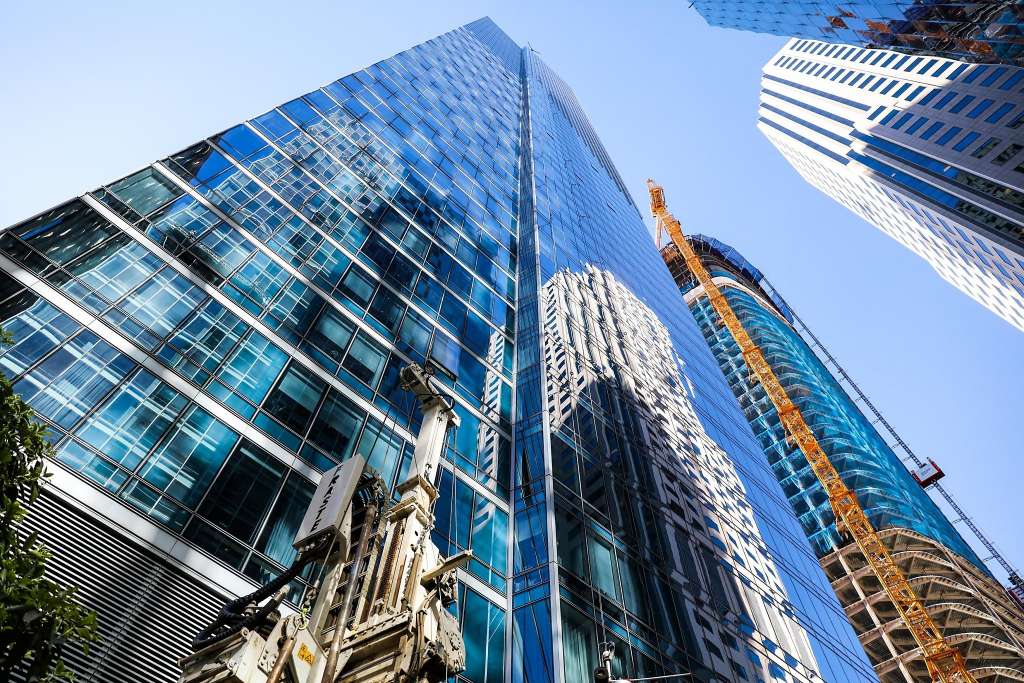Located in San Francisco’s financial district, the Millenium Tower, a 58-story luxury condominium designed by Handel Architects, is slowly sinking. Originally reported at a rate of 1 inch per year, recent data from Sentinel-1 twin satellites indicate that the building’s sinking rate is actually double of what engineers initially estimated. In what now seems to be a heated blame game, the Transbay Joint Powers Authority fault a shoddy foundation while the structure’s developer, Millennium Partners, points the finger at an adjacent Transbay Transit Center construction project, which could have removed ground water from beneath the tower, causing it to tilt. The building’s developers are adamant that the tower is still safe to inhabit, but tenants are not convinced. [SF Gate]
The European Commission will submit a proposal towards reducing 30 percent of energy use on the continent by 2030. [BBC]
The Memorial Bridge that connects Portsmouth, N.H., to Kittery, M.E., will be powered by a wind turbine system outfitted with 45 sensors to monitor both the built structure and the ecosystem around it. [CityLab]
In order to help architecture students better understand the abstract concepts of structural principles, Brazilian architect Márcio Sequeira de Oliveira created Mola 2 Structural Kit, a collection of miniature parts that can be used create structurally realistic architectural models. [Fast Co. Design]
Using the the world’s current tallest modular structure, 461 Dean in New York, as a case study, this Wired article investigates how we can learn from the difficulties encountered in the long and expensive process of building tall modular projects. [Wired]
Rombout Frieling Lab, an international studio of designers, has created an alternative to stairs called Vertical Walking. The system, which is currently in its early stages, uses the body’s core to hoist itself upwards while seated. [Core 77]
British industrial designer Benjamin Hubert has created a self-gripping watch band, inspired by Lego blocks, out of a soft plastic called fluoroelastomer. [PSFK]
A new study by Trulia reveals that the values of residential and commercial properties near low-income housing projects are not affected by their proximity. So much for NIMBY-ism. [Curbed]
